#kipp hamilton
Explore tagged Tumblr posts
Text
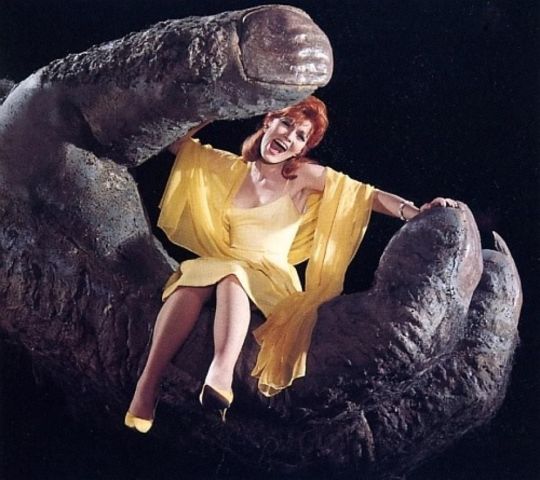
Singer Kipp Hamilton in the grip of Gaira, the green Gargantua.
I'm sure Ms. Hamilton was a lovely woman in real life (she was Carol Burnett's sister-in-law). However, her character should have been eaten by Gaira as punishment for inflicting upon the world the song The Words Get Stuck In My Throat.
18 notes
·
View notes
Text

Kipp Halimton
4 notes
·
View notes
Text

The War of the Gargantuas (1966)
[フランケンシュタインの怪獣 サンダ対ガイラ]
#kaiju#monster#foreign#japan#ishiro honda#1960s#russ tamblyn#kenji sahara#kumi mizuno#kipp hamilton#jun tazaki
6 notes
·
View notes
Photo
When you really need the words to get stuck in your throat.

The War of the Gargantuas | 1966
574 notes
·
View notes
Text

The Woman in Black by Susan Hill
Cover art by John Lawrence
Hamish Hamilton, 1983
Arthur Kipps, a junior solicitor, is summoned to attend the funeral of Mrs Alice Drablow, the sole inhabitant of Eel Marsh House. The house stands at the end of a causeway, wreathed in fog and mystery, but it is not until he glimpses a wasted young woman, dressed all in black, at the funeral, that a creeping sense of unease begins to take hold, a feeling deepened by the reluctance of the locals to talk of the woman in black - and her terrible purpose.
#book cover art#cover illustration#cover art#halloween#halloween 2024#happy halloween#horror#the woman in black#woman in black#Susan Hill#John Lawrence#Hamish Hamilton#ghost story#ghosts
12 notes
·
View notes
Note
In a Lockwood and Co. x Hamilton AU who would be who, please give zero context
Lucy - Aaron Burr (sir)
Holly - Eliza Schuyler
Lockwood - Alexander Hamilton
George - John Laurens
Norrie - Angelica Schuyler
Kipps - George Washington
6 notes
·
View notes
Photo
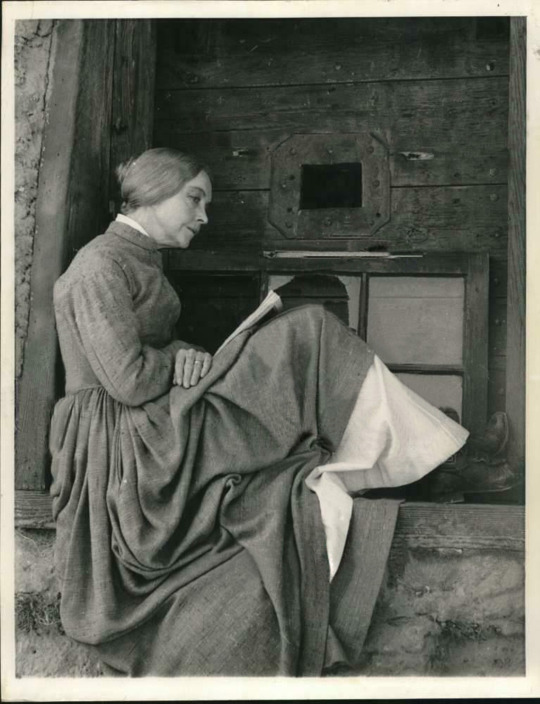
The Unforgiven 1960 (Photo - Lillian Gish behind the scenes - Durango Mexico - filming The Unforgiven (Matilda Zachary))Late in 1958, Huston signed a contract to direct a Western for the production company of Hecht-Hill-Lancaster, whose first big hit had been the Academy Award-winning Marty. The film would star Burt Lancaster and be based on the novel The Unforgiven by Alan LeMay. Huston and Ben Maddow, with whom he had written The Asphalt Jungle, began the adaptation. To save money, the film, set in the western United States in the late 1860s, would be shot near Durango, in Mexico, a country that Huston knew well and felt happy working in.In an interview with the Hollywood Citizen-News in 1959, Huston announced, “In The Unforgiven . . . the gross salary of any of the stars — Audrey Hepburn, Tony Curtis, Burt Lancaster— is more than the entire cost of The Maltese Falcon, which was made for less than $300,000.“ Curtis would drop out of this cast and be replaced by Audie Murphy, but the cost of the film would not drop. It would eventually hit more than $5,000,000, making the project the most expensive Huston had done to that point in his career. There were a number of reasons for the expense. One involved a long delay that occurred when Audrey Hepburn was injured falling from a horse — a recurrent danger in Huston films because of the director’s insistence upon using horses — and had to be hospitalized with a bad back. Another major expense was the house that had to be constructed. There are only two apparently simple houses in the film, one in which the Zachary family (Lancaster, Hepburn, Murphy, Lillian Gish, and Doug McClure) live and the other in which the Rawlins family (Charles Bickford, Albert Salmi, June Walker, Kipp Hamilton, and Arnold Merritt) live. The Zachary house, however, proved to be one of the most expensive sets Huston ever had made. Built against a fake mountain that itself had to be constructed, the house was made in specially fitted sections so it could be taken apart easily for shots at various positions. It was a marvel of engineering, supervised by art director Stephen Grimes. “The house,” said Huston, “was almost as ingenious as the whales built for Moby Dick. It served as a studio as well as our main set because we did our film cutting right there, in the back of the house under the artificial hill.” After each day of shooting, the color film would be flown to England for processing and then flown back to be viewed by Huston. In the finished film, which runs over two and a half hours in its uncut form, the Zachary family, led by the eldest brother, Ben (Lan- caster), is in partnership with the Rawlins family in cattle ranching. The Zachary father had been killed in a Kiowa attack and the Zacharys — particularly Cash (Murphy) — bear a deep hatred for the Indians. A mysterious figure, Kelsey (Joseph Wiseman), dressed in a Union uniform arrives one day and tells the Indians and then the Rawlins family that Rachel Zachary (Hepburn) is really a full-blooded Kiowa. The Zacharys admit that she is a foundling but deny she is Indian. When the oldest Rawlins boy, Charlie (Albert Salmi), is killed by the Kiowa after he courts Rachel, Kelsey is brought in to be hanged for helping the Indians. He again insists that Rachel is an Indian and that he had been with the dead Zachary father when the child was found. The Zacharys deny this and refuse to allow Rachel to be examined. Zeb Rawlins (Bickford) renounces his partnership and sends the Zachary family off alone to fight the Kiowas, who have vowed to take Rachel. The Zacharys find an Indian message indicat- ing Kelsey’s story is true. Mattilda (Gish) admits the truth, and Cash denounces Rachel and leaves. The Zacharys then fight the Indians through the night. Mattilda is killed and Andy (McClure) wounded. Cash returns to help at the last minute, and Rachel kills her own brother, the Indian who has led the war party to get her. Ben announces his plan to marry Rachel and the film ends. The similarity to Huston’s other films can be seen in the search for a truth hidden in the past, a truth that reveals someone has been posing as something he or she is not. This recurrent Huston theme was to be developed even more explicitly in Freud and The List of Adrian Messenger. Again, a small group must stand alone against great odds and risk their lives for a goal or principle, for the first time in a Huston film a principle that involves a group of people held together by racial prejudice. The film is filled with Biblical dialogue and Old Testament refer- ences. “The Lord sayeth, be fruitful and multiply,” says the patriar- chal Zeb. This verselike Biblical prose was to be used even more in Huston’s only other Western, The Life and Times of Judge Roy Bean. There is a strange undercurrent of mysticism in the film. Cash, for example, has special powers and is able to sense the presence of Indians. During the siege of the family house, when he is ten miles away, he tells the Rawlins’ daughter (Walker) exactly what is hap- pening. Kelsey appears as a prophet out of the mist to forecast doom just as Elijah (Royal Dano) in Moby Dick did before the voyage, but still the characters move forward, committed to their path. While the film does adhere to conventions of the Western in many ways, it also introduces some rather bizarre touches. The ghostly presentation of Kelsey throughout the film is one example, but the use of the piano may be even more striking. Ben brings a piano back home from Wichita so that Mattilda can play Mozart. When the Indians play their war flutes — not drums — in the night during the seige, Ben moves the piano outdoors and his mother counters with light classics. The image is surreal and followed by an equally strange sequence in which six Indians are killed in a frenzied attack on the piano. Unfortunately, while reviews were mostly good, The Unforgiven was not popular with audiences. At this point, Huston had made three films away from his home in Ireland and had thoughts about heading back there to work on his Freud project, but he was to be delayed for almost two more years by a film that took him back to the United States.
5 notes
·
View notes
Text

#kipp hamilton
STILL ROCKIN’.
We post glorious pinups like this one all day, every day, all unique! If you dig this pic we’ve found online, u should investigate the creator/subjects of the work and fan them, follow them, hire them.
If you’d like us to remove, or you know who made this so that we can credit, DM. Thanks and greetings from Los Angeles.
YOU ARE THE LIGHT
Dr Rubin’s Pomade
0 notes
Text

The War Of The Gargantuas (1966).
This Japanese - American Co production features two giant, hairy monster brothers spawned from the scattered cells of Frankenstein fighting it out around Tokyo. One of the monsters Sanda, is peaceful, while his brother, Gaira, is savage and destructive. Upon discovering his brother's brutal actions, Sanda who is fond of humans, attacks his evil brother.
A sequel to Frankenstein Conquers The World (1965) this has become a notable film in pop culture and Kaiju movie history with such talents as Quentin Tarantino, Tim Burton and Guillermo Del Toro claiming it influenced their work.
If you love Japanese Monster films you'll love this non stop action epic which while loaded from start to finish with monster fighting fun has some underlying social commentary too and even above average acting. Russ Tamblyn the American lead in the film is amusing to watch as his disinterest in the film and self loathing in his own failing acting career is tangible but somehow this produces a nicely understated performance (he was reportedly very difficult to deal with on set making this film).
Director Ishiro Honda and cinematographer Hajime Koizume create brilliant visuals throughout with fantastic camera work, use of colour and lighting and the miniature work and special effects (there's a ton of it) from Eiji Tsuburaya is equally impressive.
The Gargantuas themselves are giant Bigfoot like creatures with the evil Green one particularly vicious eating a girl in one attack and attacking an incredibly bad singer (with bad song) Kipp Hamilton in a nightclub scene.
All the Gargantuas scenes are very well shot in great settings and classic Kaiju battles and destruction ensues throughout and this is classic Japanese Monster movie fun at its best.
I can see why this film has reached cult status and is a favourite of fans of the genre and look forward to revisiting Frankenstein Conquers The World (1965) and of course the many other Ishiro Honda Kaiju Classics.
0 notes
Text
Oh I think Kipps would live with some roommates.
Probably uni students.
One in STEM. The other in psychology. And then maybe another one who's studying something in the business field.
So we have this three to four most random people. Everyone has their own little life outside of the apartment.
And every (living) visitor comes in and sees the living room.
There is a whiteboard with some weird mathematics on it, only people understand that are crazy enough. There is a pile of magazines about the economy and some books about Fairfax, Fittes, Rotwell (all the big companies). There is a bookshelf with books titled "Childhood Trauma and its causes on the adult life", "Other kinds of therapy", and something like that. And there is ghost hunting stuff, like a bunch of rapiers, saltbombs, etc. In another corner.
And always the question comes up "What is going on here?"
And one of them is gonna be like "Yeah, sorry, my roommates' stuff. Dave studies physical mathematics and drives us all cray with the Theorem of Cayley-Hamilton. Josh thinks he can heal all the traumatised kids that work for the big companies and Quill is a traumatised kid from the big companies."
"Oh, so Quill works for Fittes or Rotwell?"
"He worked for Fittes but now he is working with some guy called Anthony Lockwood or something like that."
"Isn't that the 15 year old boy that almost killed himself three times last week?"
"We usually don't question anything about ourselves."
"Okay...."
the kids being all ??? Because they find out holly has a roommate, a perfectly normal human thing to do
meanwhile Kipps home life is Mystery— I would assume he also has roommates as a questionably employed/paid 22 year old living in a big city
that or he lives with his parents which is hilarious to think about
#that is the headcanon#thank you for your attention#i know have to go to work#byeeeee#lockwood & co#quill kipps
44 notes
·
View notes
Photo
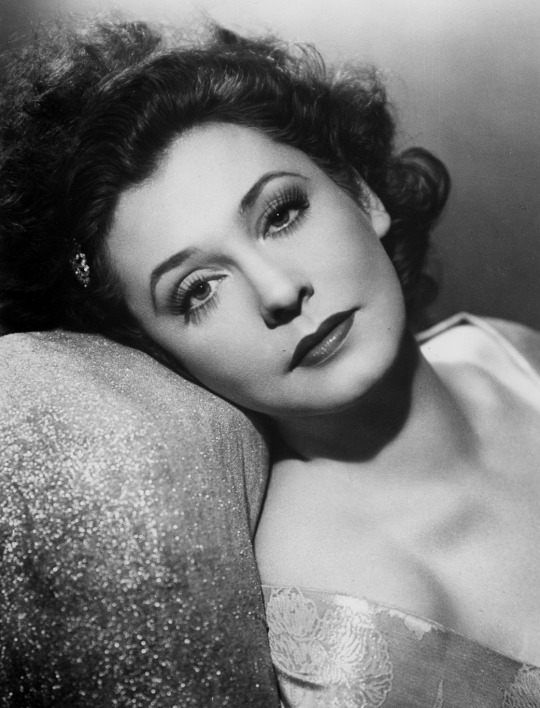




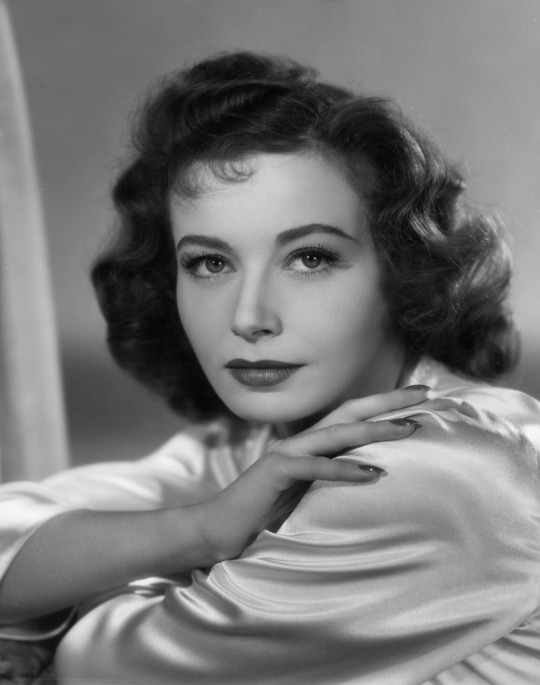
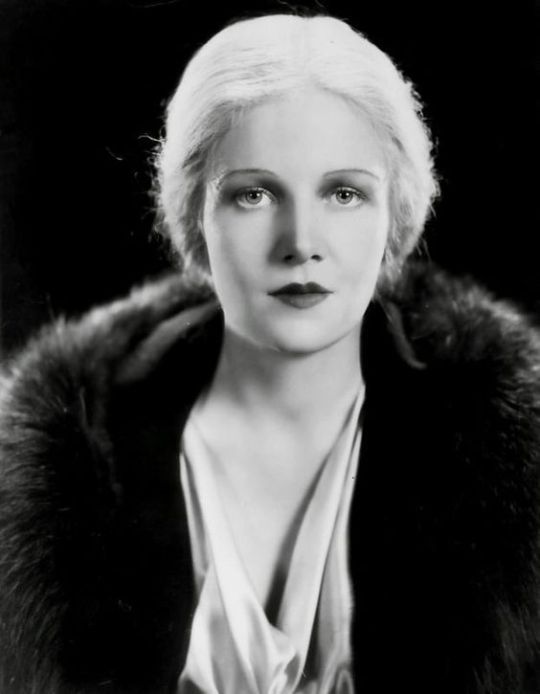

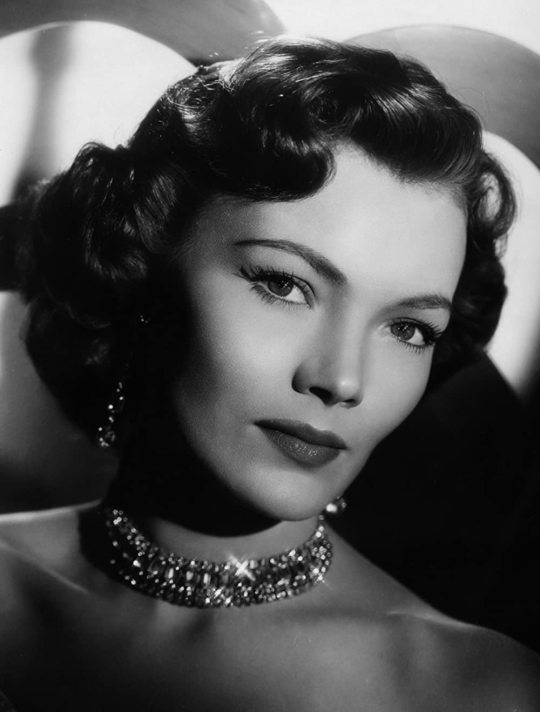

ACTRESSES WHO DIED 1981
Zarah Leander at 74 from brain hemorrhage
Gloria Grahame at 57 from cancer
Natalie Wood at 43 from drowning
Vera-Ellen at 60 from cancer
Madge Evans at 71 from cancer
Maria Palmer at 64 from cancer
Ann Harding at 79 from illness
Wanda Hendrix at 52 from pneumonia
Kipp Hamilton at 46 from cancer
Jean Dixon at 87 from unknown events
#zarah leander#gloria grahame#natalie wood#vera-ellen#madge evans#maria palmer#ann harding#wanda hendri#kipp hamilton#jean dixon#thedabara
21 notes
·
View notes
Photo

Photographed with Kipp Hamilton.
33 notes
·
View notes
Photo

Furankenshutain no kaijû: Sanda tai Gaira (1966)
#1960s#actor kipp hamilton#dir ishiro honda#dp hajime koizumi#cat action#cat horror#cat sci fi#cat kaiju#japanese#black#yellow#redhead#ear#the war of the gargantuas#furankenshutain no kaiju sanda tai gaira
3 notes
·
View notes
Text
Reseña rápida de lo que vi esta semana: Cine Clásico.
BIGGER THAN LIFE (País: Estados Unidos) es otra joyita clásica de 1956 interpretada por el gran James Mason quien personifica a Ed Avery un profesor casado y con un hijo que empieza a experimentar dolores que derivan en una enfermedad mortal . Una droga experimental a base de cortisona será probada en el sujeto pero al poco tiempo le provocan alteraciones mentales que repercuten en su vida familiar y laboral de forma muy violenta. Destaca actuación de Mason .
⭐ Buena.
Reparto
James Mason, Barbara Rush, Walter Matthau, Robert F. Simon, Roland Winters, Christopher Olsen, Rusty Lane, Kipp Hamilton, Rachel Stephens, Lovyss Bradley, Gail Bonney.
#amantesdelcinedejorgedomingorisso

1 note
·
View note

